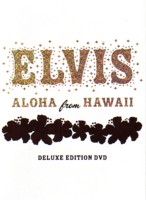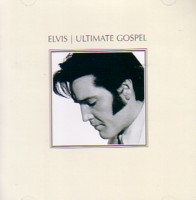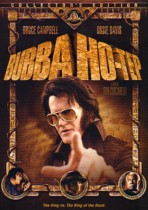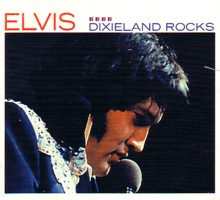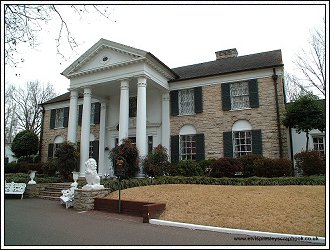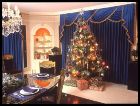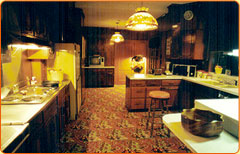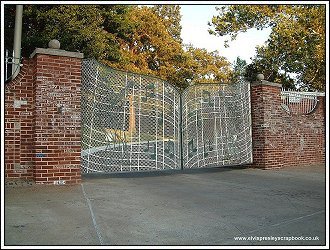 |
 |

Graceland is America's top rock 'n' roll destinationBy JOHN BORDSEN
The Charlotte Observer
Elvis bought it in 1957 for a bit over $100,000 and moved his folks there from a ranch home he'd bought the year before. The 22-year-old's star was clearly on the rise. The same couldn't be said for the area around Graceland. When suburban flight hit Memphis in the '60s, wealthy residents built mansions east of downtown. Bellevue Boulevard – the road renamed Elvis Presley Boulevard in 1971 – was and is a pre-interstate highway to Mississippi, a mishmash of stores and car lots. 2. Bring your wallet. You're asked for cash before you get out of your pink Cadillac. The mansion is on the west side of the street; parking, the visitor center and shops in Elvis Presley Plaza are on the other. Besides souvenir shops, the official plaza has restaurants (nothing fancy), a theater and two museums. Graceland tickets are sold in the visitor center, as are – surprise! – souvenirs. Pay just to see the mansion if your interest is only slight ($22); shell out more for the Sincerely Elvis museum, Elvis Presley Automobile Museum and tour the King's two jets.
5. The lived-in look.The dining and living room you see first are formal; much more interesting are the places where The King relaxed. The kitchen cabinets have see-through fronts; they're filled with everyday glassware and such. And they're still used every December, when ex-wife Priscilla, daughter Lisa Marie and Presley relatives in Memphis gather for an after-tour-hours holiday party. Downstairs holds the pool room and TV room – well-appointed according to the owner's tastes and times, but a gussied-up basement nonetheless. The pool room's ceilings and walls are covered in close to 400 yards of bright print fabric. The TV room next to it is an eye-popper in Prussian blue and bright yellow; built into the far wall are three TV sets – an idea Elvis seized upon after he heard President Lyndon Johnson liked to watch all three network newscasts simultaneously. (Because he recorded on the RCA label, Elvis typically received RCA electronics for free.) There's a small bar, though Elvis was said to not care much for spirits.
6. Not as tacky as they say. So how over-the-top is the décor? You hear a lot about the faux wilderness look of the Jungle Room – his first-floor den. Its look comes from his fondness for Hawaii, where "décor" is always laid on with a trowel. At one point, the room held a pull-down screen for a projector TV. Elvis bought the furnishings in Memphis, in a single 30-minute shopping spree in 1974. The room wasn't called the Jungle Room; he simply knew it as "the den." Keep in mind that many rooms have been locked by curators into the colors and furnishings of the 1970s, an era that many professional decorators would just as soon not discuss. Elvis was not well-educated and, despite his wealth, not a recreational traveler. Much of what you see reflects his working-class sensibilities and time spent in glitz-crazy Las Vegas. But consider this: He could've knocked out walls or built onto the old Georgian colonial house, but he had enough sense to largely leave it alone. 7. Best indoor places to linger. The tour route leaves the house to take in dad Vernon Presley's garage-like office and the trophy building – a rec room that holds display-case exhibits – plaques, clothes (including Army fatigues and stage jumpsuits) and curios. The attendant there tells you Elvis spent part of the morning of Aug. 16, 1977, at the spinet piano in the lounge, playing/singing for girlfriend Ginger Alden and Presley cousin Billy Smith and his wife. That concert for four, which included singing "Blue Eyes Crying in the Rain" and "Unchained Melody" was his last gig: Elvis went to bed and was found dead hours later. 8. Do see the Lisa Marie.The Lisa Marie, at the plaza, is intriguing – a Convair 880 jet that may be the only walk-through attraction that curators haven't fiddled with. As his "flying Graceland," the Lisa Marie is his lifestyle in miniature.
|
|
